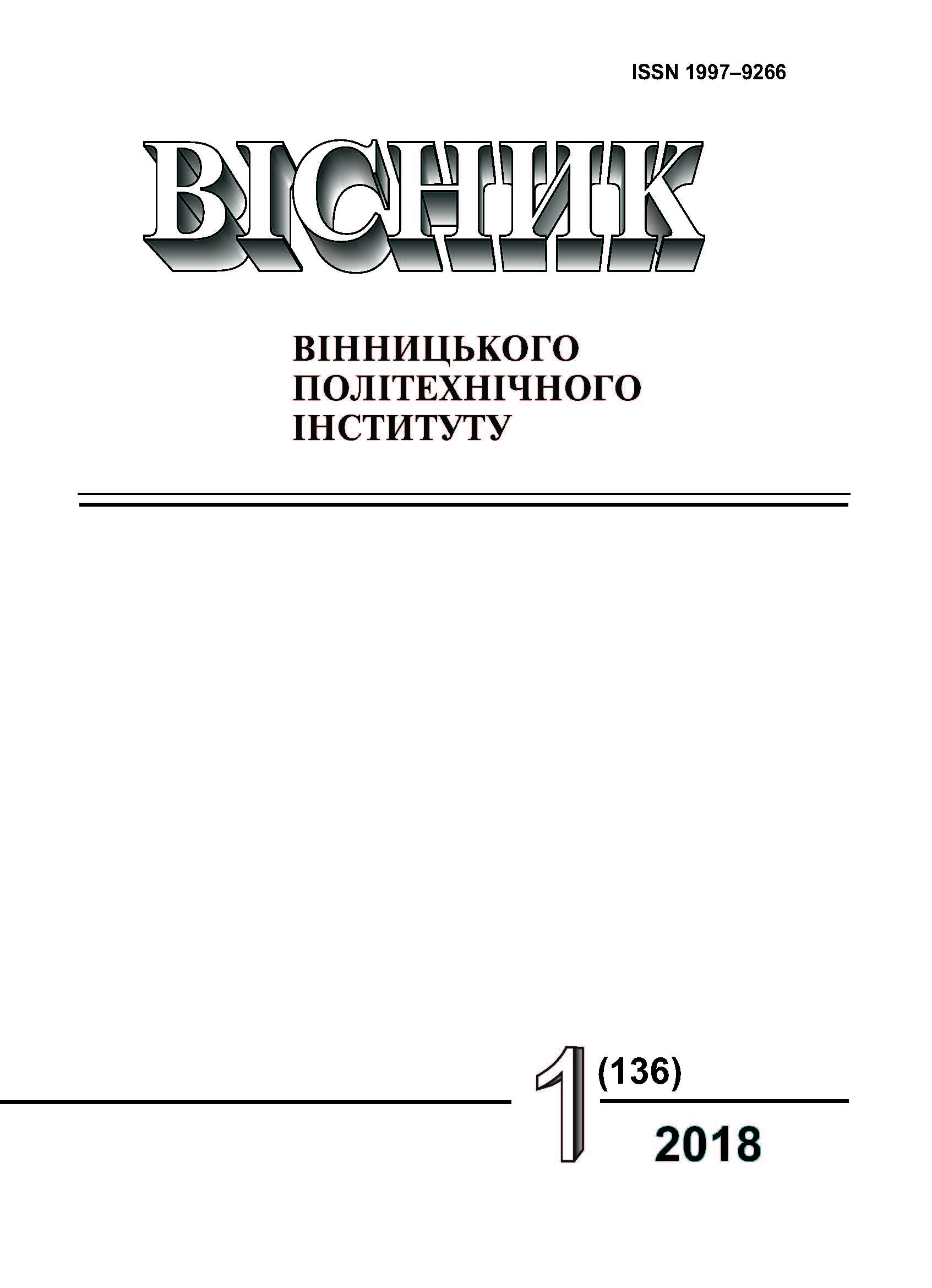Automatization of the Intellectual Polymeric Composition Materials Production
Keywords:
automation, formation, intelligent sensor, vector control, induction electric drive, engineAbstract
In order to remotely diagnose the responsible details and units state, it is extremely important to receive information about their stress-strain state in real-time. The remote diagnostics of these products condition providing directly during their operation possible through the use of intelligent sensors (IS), which are introduced into the specified coordinates of the product directly in the process of its molding. Inputting of the IS during the molding continuous technological process of the thermoplastic polymers products according to the proposed method is achieved by periodically introducing a mixture of polymer melt with an IS to a predetermined depth into the polymer melt of the forming channel of the extrusion die. To provide of the mixture transportation in the preset spatial coordinates, an automatic speed control system has been developed for the injector rod movement. A vector-controlled asynchronous electric drive was selected as the electric drive of the rod in the design of the control system. The calculation of the required speed of the injector rod to inject a portion of the mixture with an IS at a predetermined depth was performed based on the results of the simulation of the introduction of the IS into the stream of polymer material. Simulation of the developed speed control system of the injector rod confirmed its ability to transport the mixture with the IS in the given spatial coordinates with a definite step when changing the physical and mechanical properties of the mixture. The analysis of the simulation results of the speed control system showed that the deviation of the cycle time associated with the change in the time of the injection phase with a given deviation of the polymer viscosity range is acceptable in identifying a stress-strain state of products from intelligent polymer composite materials. Possibility of introducing intelligent sensors to the estimated depth with the help of the developed device simulating the introduction of a portion of a polymeric mixture with an IS in the formation of the product, confirmed by a series of experimental studies. From the results of experiments, it follows that increasing the viscosity of the injected mixture leads to an increase in the depth of its immersion in the main stream, which corresponds to the estimated data.
References
[2] I. Ivitskiy, V. Sivetskiy, V. Bazhenov, and D. Ivitska, «Modeling the electrostatic control over depth of the introduction of intelligent sensors into a polymer composite material,» Eastern-European Journal of Enterprise Technologies, vol. 1, no. 5(85), pp. 4-9, 2017.
[3] О. М. Халімовський, О. Л. Сокольський, та О. С. Богута, «Оцінка можливості використання електроприводу у пристроях для виготовлення виробів з інтелектуальних полімерних композитів» у Вимірювальна та обчислювальна техніка в технологічних процесах. XVII міжнар. наук.-техн. конференція, Одеса, Україна, 8-13 червня 2017 р., c. 114-115.
[4] W. Leonhard, Control of Electrical Drives, 2nd edition. Springer, Berlin, 1996.
[5] R. B. Bird, C. F. Curtiss, R. C. Armstrong, and O. Hassager, Dynamics of Polymeric Liquid. New York: Wiley-Interscience, 1987, 672 p.
Downloads
-
PDF (Українська)
Downloads: 176
Published
How to Cite
Issue
Section
License
Authors who publish with this journal agree to the following terms:
- Authors retain copyright and grant the journal right of first publication.
- Authors are able to enter into separate, additional contractual arrangements for the non-exclusive distribution of the journal's published version of the work (e.g., post it to an institutional repository or publish it in a book), with an acknowledgment of its initial publication in this journal.
- Authors are permitted and encouraged to post their work online (e.g., in institutional repositories or on their website) prior to and during the submission process, as it can lead to productive exchanges, as well as earlier and greater citation of published work (See The Effect of Open Access).





